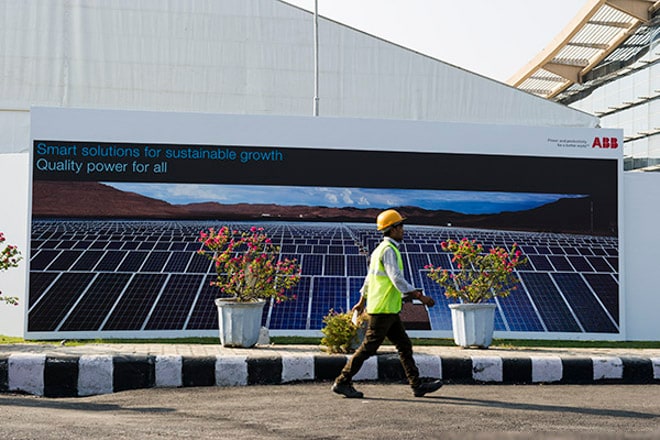'Microgrids can reduce 40% of power cost'
ABB's M Maxine Ghavi says they are in India for India and are developing products for the local market


India has one of the world’s highest electricity line losses, the US Energy Information Administration reported in October. Almost 20 percent of the electricity produced is lost between the points of generation and consumption. Alarmingly, this loss is double of the global average. The answer to the country’s power crisis could indeed be microgrids and their commercial potential is immense too. By 2020, the size of the microgrid market is slated to be worth $2 billion in India and $1 billion in the US. Forbes India caught up with M Maxine Ghavi, ABB’s global programme director of Microgrids initiative, to demystify microgrids. Excerpts:
Q. What is a microgrid?
Maxine Ghavi (MG): Multiple generation and loads under one control system that is optimising the generation and load. A microgrid can be running autonomously or can be connected to a grid.
Q. ABB has decided to build its first microgrid to power its global flagship event, Automation and Power World (APW) 2015, being held in Delhi. What prompted this unique decision?
MG: We decided to take a real life example of what’s truly happening in India [which is] the power outages during the day to industries. Because you have a weak grid, everybody has diesel backup generators. We wanted to show a solution that could be applied where you could integrate renewables with your system. You are connected to a grid and have a diesel backup generator but you want to reduce the consumption of the diesel and want to self-consume the renewables that you are generating. What we are doing at APW can be taken around the country and be applied to thousands and millions of sites.
Q. What is the cost efficiency of using a microgrid?
MG: One can get a reduction of 20-40 percent (on the power cost) depending on the setup and what they use. It is also dependent on whether you have storage or not. It is not only reduced cost but also access to quality power and there is the sustainability element.
Q. Is ABB willing to help provide microgrids to rural India?
MG: This is absolutely an area that we are focussed on. We are in India for India and developing products and solutions in India for India that address the needs of the local market. We are a global company having that philosophy of being local. We plan to have solutions that address multiple segments of the market, solutions that address industrial sector, industrial and commercial sites, urban communities and also access to electricity in remote locations (for projects greater than 50 KW).  Q. ABB is working with the government on microgrids. Please elucidate.
Q. ABB is working with the government on microgrids. Please elucidate.
MB: We are talking to different organisations with the government, but we would like to engage more and see how best we can bring this [microgrids] to the market. There is also the involvement of the private sector. As a technology company, we would like to see how to bring the private sector and the government to enable the market. Though microgrids have been around for a long time and evolved and become complex, but to enable the market today, you need the government and there need to be certain policies that bring confidence to the investors.
DEMYSTIFYING MICROGRIDS
First Published: Nov 03, 2015, 15:37
Subscribe Now